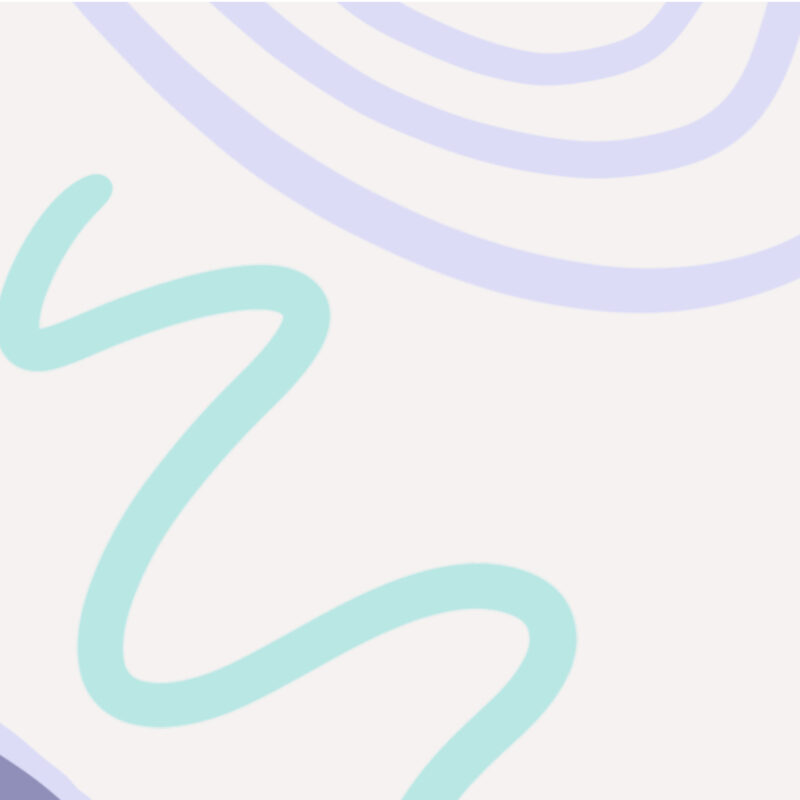Rosacea and menopause
Rosacea in women is most common between the ages of 45 and 60 so learn how to deal with the triggers and boost your skin health
- Rosacea is a skin condition that can cause redness and flushing
- Falling hormone levels can cause skin to become dry and itchy
- How to manage rosacea and simplify your skincare routine
Rosacea is a chronic, inflammatory skin condition that mainly affects the face. An estimated one in 20 people worldwide live with rosacea [1]. It predominantly affects lighter-skinned individuals but can appear in all skin types. And while rosacea is more common in women, men tend to have more severe symptoms, according to the British Skin Foundation.
What does rosacea look like?
Rosacea can cause the following symptoms:
- blushing, redness and flushing
- bumps and pus-filled spots, known as pustules, that look similar to acne
- stinging, sensitive skin
- in severe cases, skin can thicken and form excess tissue, usually around the nose (known as rhinophyma).
There is a wide spectrum of rosacea, ranging from mild to severe, and it can be a very distressing condition. For example, flushing can make people feel very self-conscious, particularly if it happens in social situations or in meetings at work and they can’t control it.
Although rosacea isn’t something that can be cured, it can be very successfully managed with the right approach and treatment.
RELATED: Skin changes during the menopause
What causes rosacea?
In rosacea, your blood vessels become dilated and your immune system responds by sending inflammatory cells to deal with a perceived threat. While the root cause is not known, triggers can include:
- sunlight
- hot drinks
- spicy foods
- alcohol
- hot or cold temperatures
- foods containing niacin (Vitamin B-3), such as chicken, turkey, tuna or peanuts.
Is there a link between menopause and rosacea?
As the largest organ of your body, your skin is affected by the lack of hormones during perimenopause and menopause. Oestrogen helps maintain your skin’s natural hydration mechanisms, so when levels fall, this can lead to dry, itchy and sore skin.
Rosacea is most common in women around the ages of 45 to 60 [2], and reduced hormone levels can contribute to rosacea either developing or worsening [3].
Many women find that their rosacea worsens during perimenopause and menopause.
There are key differences between rosacea-related flushing and menopausal hot flushes. Rosacea mainly affects the central part of your face; your forehead, nose, cheeks and chin, and more rarely, your neck and ears, whereas hot flushes are a more generalised spreading of a feeling of heat throughout your body.
RELATED: Skin, hair and nail changes in menopause: a dermatologist’s guide
Rosacea diagnosis
Rosacea can be diagnosed by its appearance, with specific tests not usually required. Yet it can be missed in darker skin types. The redness won’t be present on dark skin, but patients will often have the pain, swelling and pustules.
Some people of colour believe their skin is just “sensitive” or have been told they have eczema, but often it’s rosacea. Some people who have been mistakenly diagnosed with eczema are given steroids, which will initially calm the rosacea but this will only aggravate it in the long term and then they get into a cycle of steroid use.
RELATED: Will menopause make my eczema worse?
How can I manage rosacea?
Rosacea will require long-term management, and the first step is to manage your trigger factors and mitigate their effects. Sunlight is the most common trigger factor. UV light from the sun triggers the release of chemicals in the skin that lead to the redness and flushing of rosacea. Sun protection, in the form of a high-level SPF, might be all you need to keep it under control.
When it comes to other triggers such as hot drinks, it is less about the actual ingredients, and more about the temperature. Also if there are other triggers, such as alcohol and spicy foods, then these should be either avoided or reduced.
RELATED: The facts and fiction about menopausal skin with Dr Sajjad Rajpar
Simplify your skincare routine
Now is not the time to be trying the latest lotions and potions. Your skin barrier is already compromised and not functioning properly, so if you suddenly start using strong chemical products or exfoliants this can be too aggressive for your skin and can cause an acute flare, leaving you with redness, swelling and pain.
Aim to simplify your skincare routine using a gentle, non-foaming cleanser and a light moisturiser containing ceramides – oils that help to maintain the integrity of the skin’s barrier and keep out irritants.
In addition, azelaic acid cream or gel can help reduce inflammation in mild to moderate rosacea. It’s available over the counter, or a stronger formulation is available via prescription.
Rosacea is a chronic condition, sometimes just using the right skincare routine and avoiding triggers will be enough to reduce flares and keep things under control.
RELATED: Do you really need a menopause moisturiser?
Optimise your hormones
While not a direct treatment for rosacea, optimising your hormonal status by replacing your hormones will improve the general condition of your skin during perimenopause and menopause and can improve rosacea in some women [4].
Topical and oral prescription treatments
In addition to azelaic acid, there are topical treatments available on prescription that can reduce inflammation and spots in moderate to severe cases. Oral antibiotics may also be prescribed to reduce inflammation.
Laser treatments
Redness and dilated blood vessels can be treated with laser therapy by a dermatologist. Lasers and intense pulsed light reduce the size and quantity of blood vessels, reducing redness, thread veins and spots.
Rhinophyma
For severe rhinophyma, you may be referred to a dermatologist or plastic surgeon to remove the excess thickened tissue.
References
- Gether, L., Overgaard, L. K., Egeberg, A., Thyssen, J. P. (2018). ‘Incidence and prevalence of rosacea: a systematic review and meta-analysis’,The British Journal of Dermatology, 179(2), pp.282–89. doi.org/10.1111/bjd.16481
- Gether, L., Overgaard, L. K., Egeberg, A., Thyssen, J. P. (2018). ‘Incidence and prevalence of rosacea: a systematic review and meta-analysis’,The British Journal of Dermatology, 179(2), pp.282–89. doi.org/10.1111/bjd.16481
- Wu WH, Geng H, Cho E, Eliassen AH, Drucker AM, Li TY, Qureshi AA, Li WQ. Reproductive and hormonal factors and risk of incident rosacea among US White women. J Am Acad Dermatol. 2022 Jul;87(1):138-140. doi: 10.1016/j.jaad.2021.06.865. Epub 2021 Jul 15. PMID: 34274412.
- Yang F, Wang L, Jiang X. Clinical characteristics of rosacea in perimenopausal women. Skin Res Technol. 2024 Jan;30(1):e13542. doi: 10.1111/srt.13542. PMID: 38221784; PMCID: PMC10788583.


![What is the menopause and when does it begin? [Skill Boosters Video]](https://balance-menopause.com/uploads/2019/03/Knowledge-800x800.jpg)


